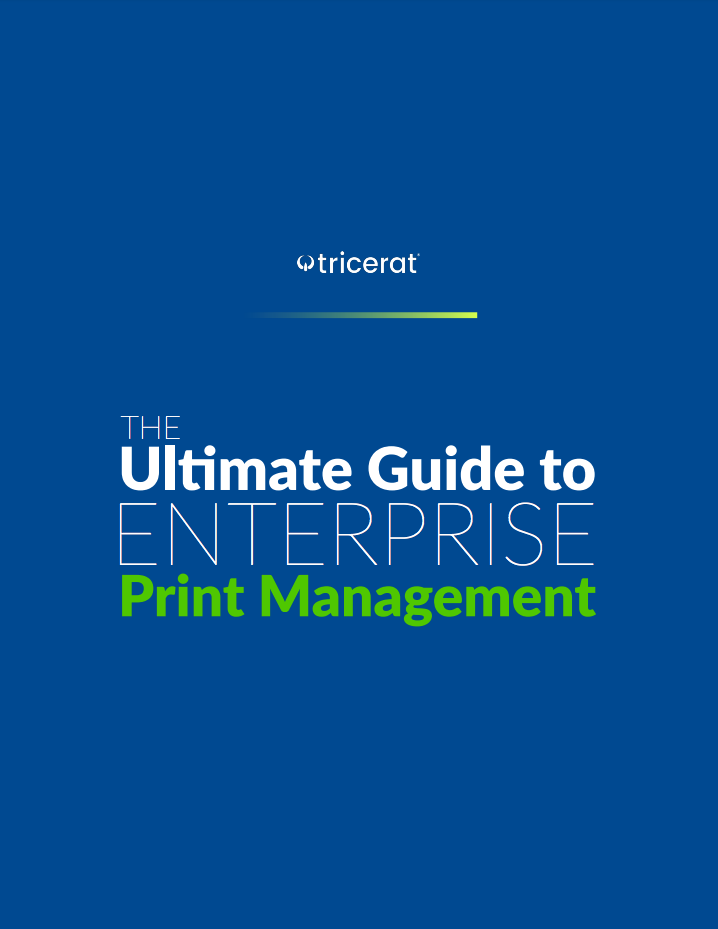With the launch of HP Print AI in September 2024, the stage has been set for AI in enterprise printing. AI-powered printing brings intelligence to every stage of the print process, from formatting documents to anticipating maintenance and providing real-time support.
As we look to 2026, the continued integration of AI into IT environments—whether virtual, cloud, or hybrid—will dramatically change how enterprises manage hardware and software workflows.
The launch of HP Print AI was the first official introduction of AI into print hardware this year. Designed to eliminate many frustrations users face, such as inefficient layouts and unwanted ads in web printing, HP Print AI simplifies workflows and introduces features like Perfect Output, which reconfigures content to fit perfectly on the page.
HP Print AI represents the future of intelligent printing—but with AI’s rise, businesses must also prepare for the complexities of integrating AI-driven devices into enterprise environments. These systems promise better performance but require careful management, especially in hybrid setups
Dynamic job optimization is making strides with tools like ScrewDrivers Reports, where admins gain visibility and control to prioritize print jobs based on urgency, complexity, and available resources.
AI algorithms will assess each job in real time, determining the most efficient way to complete it—whether that means adjusting print settings, reordering jobs, or sending files to the most optimal printer in a network. This automated feature will reduce print delays, eliminate bottlenecks, and prioritize tasks while balancing energy consumption and material usage.
By 2026, predictive printer maintenance will evolve into proactive systems. AI will continuously monitor printers, tracking data such as temperature, usage, and component health. When performance starts to decline, the system will alert technicians and schedule preventative maintenance.
For organizations with large printer fleets, this will drastically reduce downtime, improve operational efficiency, and lower repair costs. AI systems will ensure that minor issues are addressed before they become critical, extending the lifespan of printing equipment.
As more businesses adopt smart factory models, AI will integrate printers into IoT networks, allowing them to communicate with other machines on the production floor. AI-powered printers will autonomously coordinate with robots, packaging machines, and assembly lines, improving manufacturing efficiency.
In these smart environments, print jobs could be queued and optimized in real time—whether it’s barcode labels or generating custom packaging—dynamically adjusting to changes in production schedules.
Despite the promising benefits, AI-powered printing has challenges, which must be addressed to maximize the value AI brings to printing.
As AI-driven printers become more common, businesses will need to integrate them into legacy systems. This can present significant challenges, as older IT infrastructures may not be compatible with AI-powered hardware and cloud-based solutions. This will require investment to upgrade their infrastructure or implement advanced middleware solutions, which could pose significant resource and budget constraints.
AI-driven printing systems collect and process vast amounts of sensitive data, raising security and privacy concerns. Enterprises will need to ensure compliance with regulations such as GDPR, HIPAA, and CCPA, particularly as AI tools handle increasingly sensitive information through document scanning and analysis. These systems, particularly when linked to cloud platforms and incorporating emerging AI tech that is only starting to be regulated, can be susceptible to cyberattacks or breaches.
Encryption, access control, and continuous monitoring will be essential to safeguard both the data and the AI models powering these systems. Enterprises must adopt stringent security protocols to prevent unauthorized access to sensitive documents or potential misuse of customer data.
As AI-powered printing solutions become more sophisticated, businesses will need to invest in workforce training to ensure employees can operate and troubleshoot these systems effectively. IT teams and print operators must be prepared to handle the complexity of AI-powered devices, as well as the integration of AI into broader IT environments.
By 2026, enterprises will need to adopt advanced print management solutions to handle the complexities of AI-powered devices. These solutions will act as the glue between AI hardware, cloud platforms, and user applications, enabling businesses to manage their entire device infrastructure from a centralized platform. Key features of these print management solutions will include:
As AI continues to transform the printing industry, businesses must prepare for both the benefits and the challenges it will bring. AI-driven printing will enable smarter workflows, proactive maintenance, and personalized print experiences, but it will also introduce new complexities regarding integration, security, and resource management.
To fully capitalize on the opportunities presented by AI, businesses must invest in advanced print management solutions that can handle the complexities of managing AI-powered hardware and software in complex IT environments.
